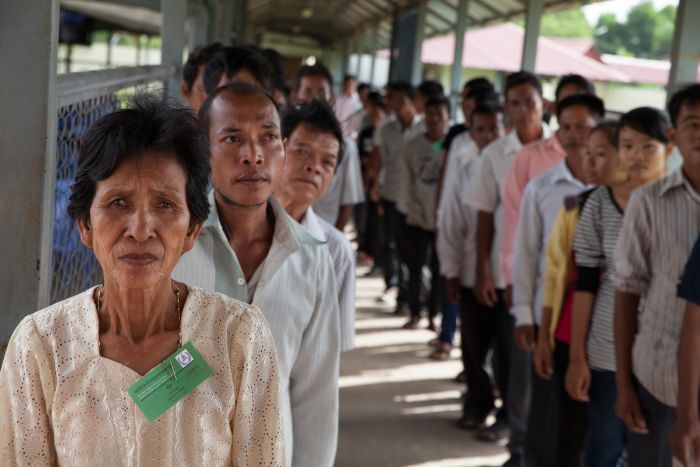< Country Case Studies
South Sudan
Since gaining independence from Sudan in 2011, the new nation of South Sudan has experienced civil war and mass atrocities against civilians, including widespread sexual violence, murder, and forced displacement. Multiple attempts at peace agreements have been made, and largely stalled. These delays contribute to conflict and violence across the country—violence which sparked warnings of genocide in 2016. Between 2013 and 2018, over 400,000 people were killed as a result of the war. In March 2017, the United Nations Human Rights Commision determined that ethnic cleansing was occurring. The civil war has formally ended, but in 2020 there was an increase in both intercommunal and politically motivated conflicts. Explore the history behind the ethnic conflict and the current risks of mass atrocities that civilians face.
-
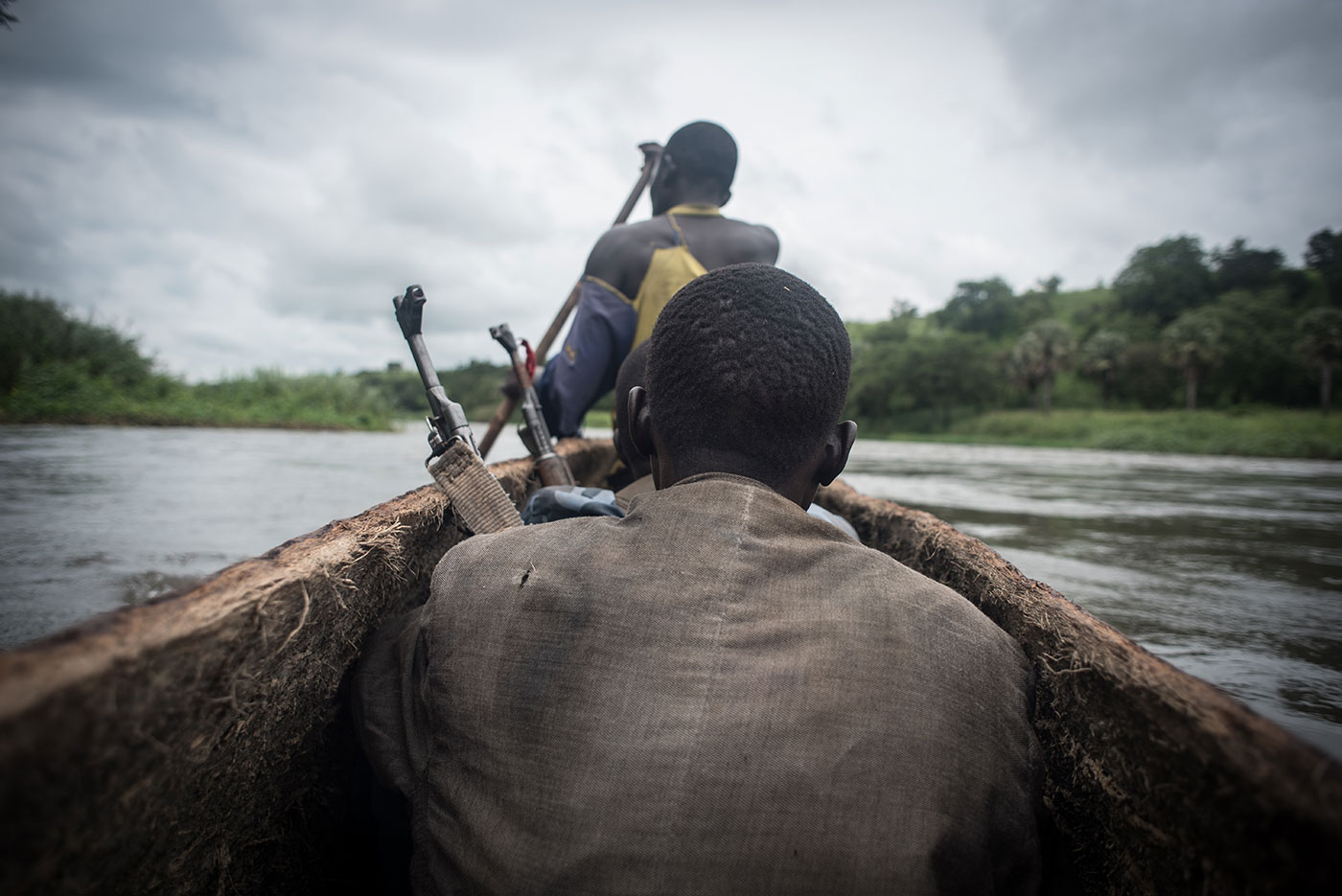
Ethnic Conflict and Civil War
Discover how a political crisis sparked a large-scale conflict in which civilians were targeted because of their ethnic identity.
-
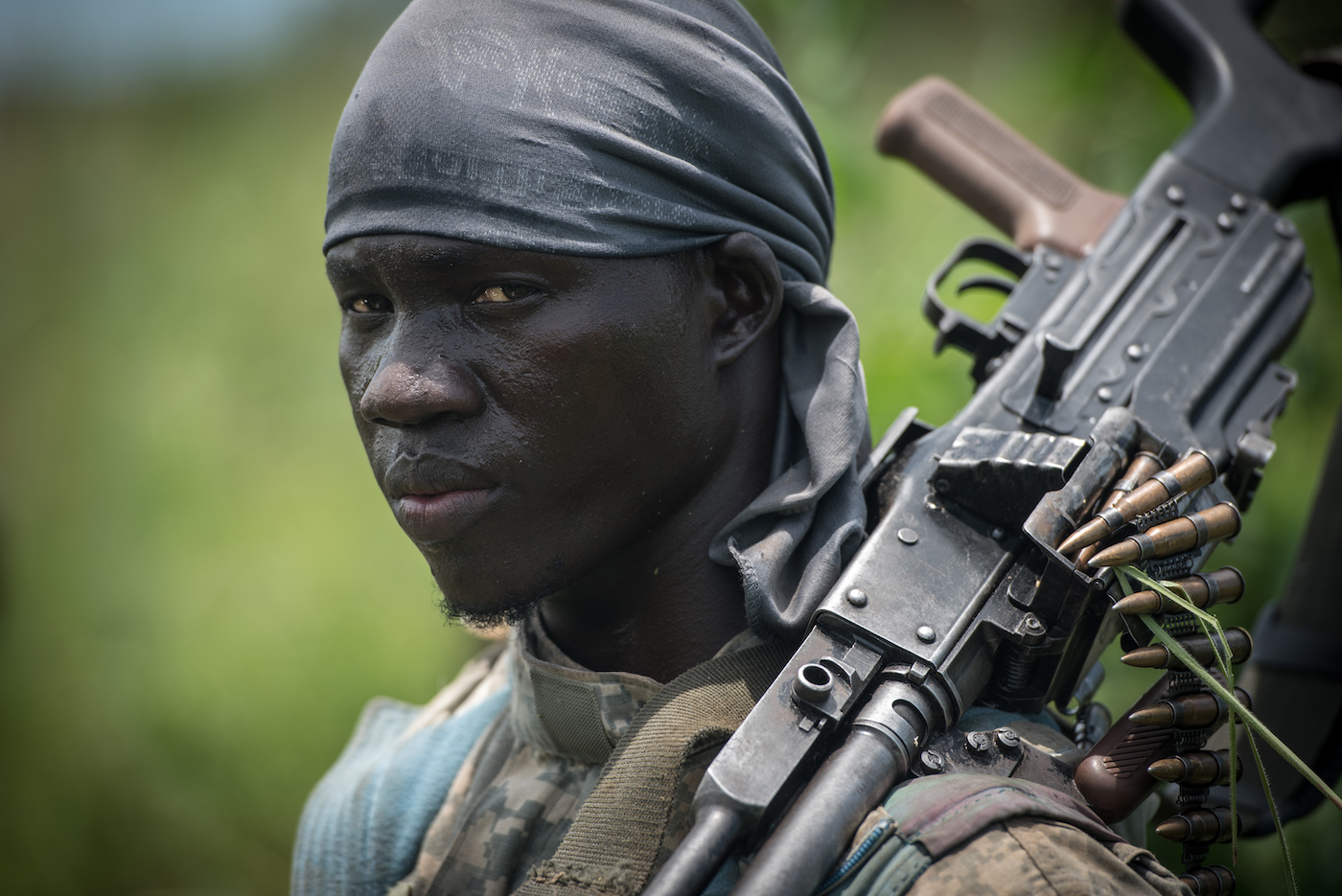
Worsening Risk of Mass Atrocities In South Sudan
We traveled to South Sudan to speak with experts who relayed to us their fears that the country would slip back into full scale war. Our January 2023 report details specific areas of concern, scenarios in which mass atrocities may worsen, and proposed actions to limit and recognize the harm against civilians.
PDF Download -
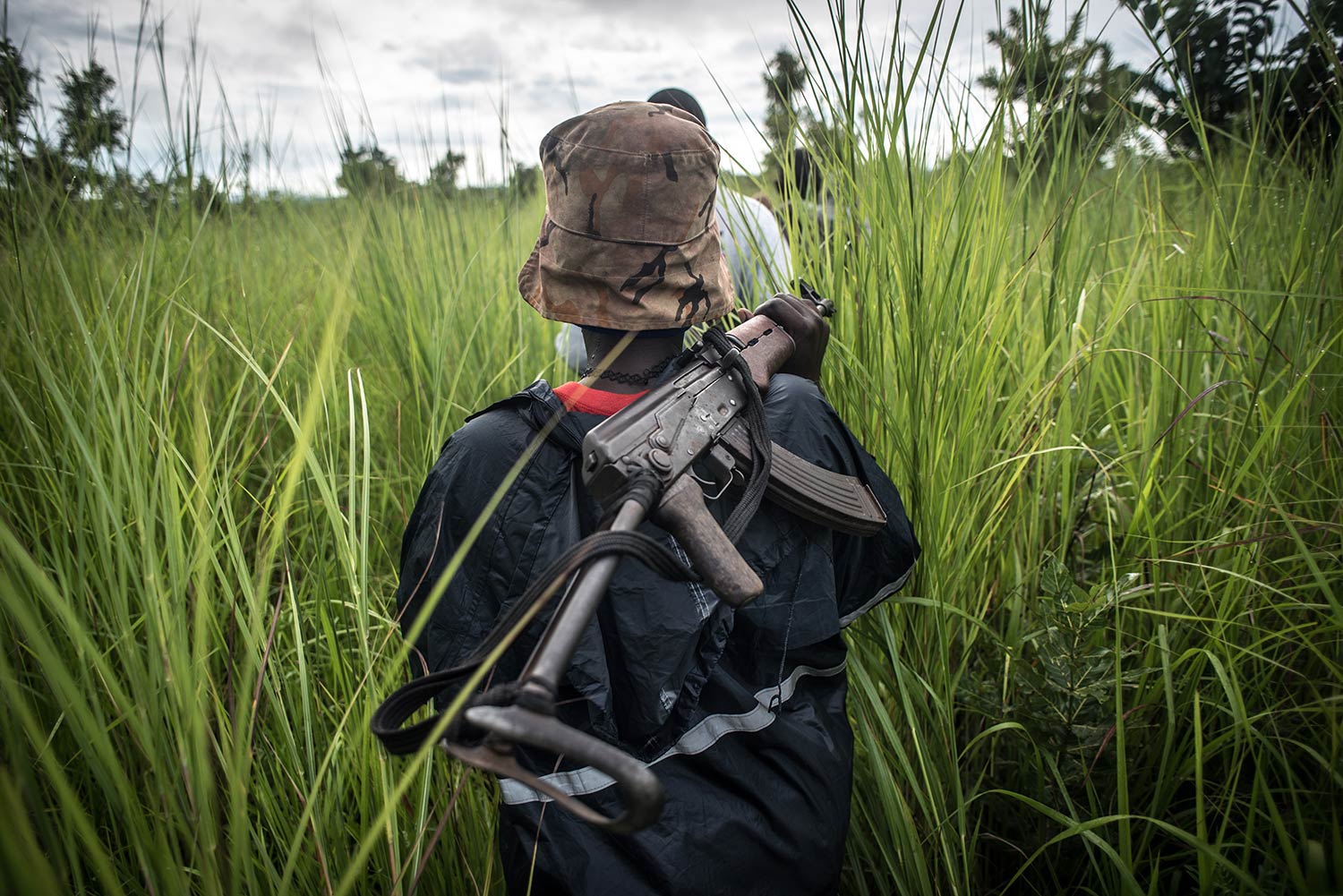
Risk of Mass Killing
Our quantitative assessment, from the Early Warning Project, estimates the risk of a new mass killing in Sudan.
-
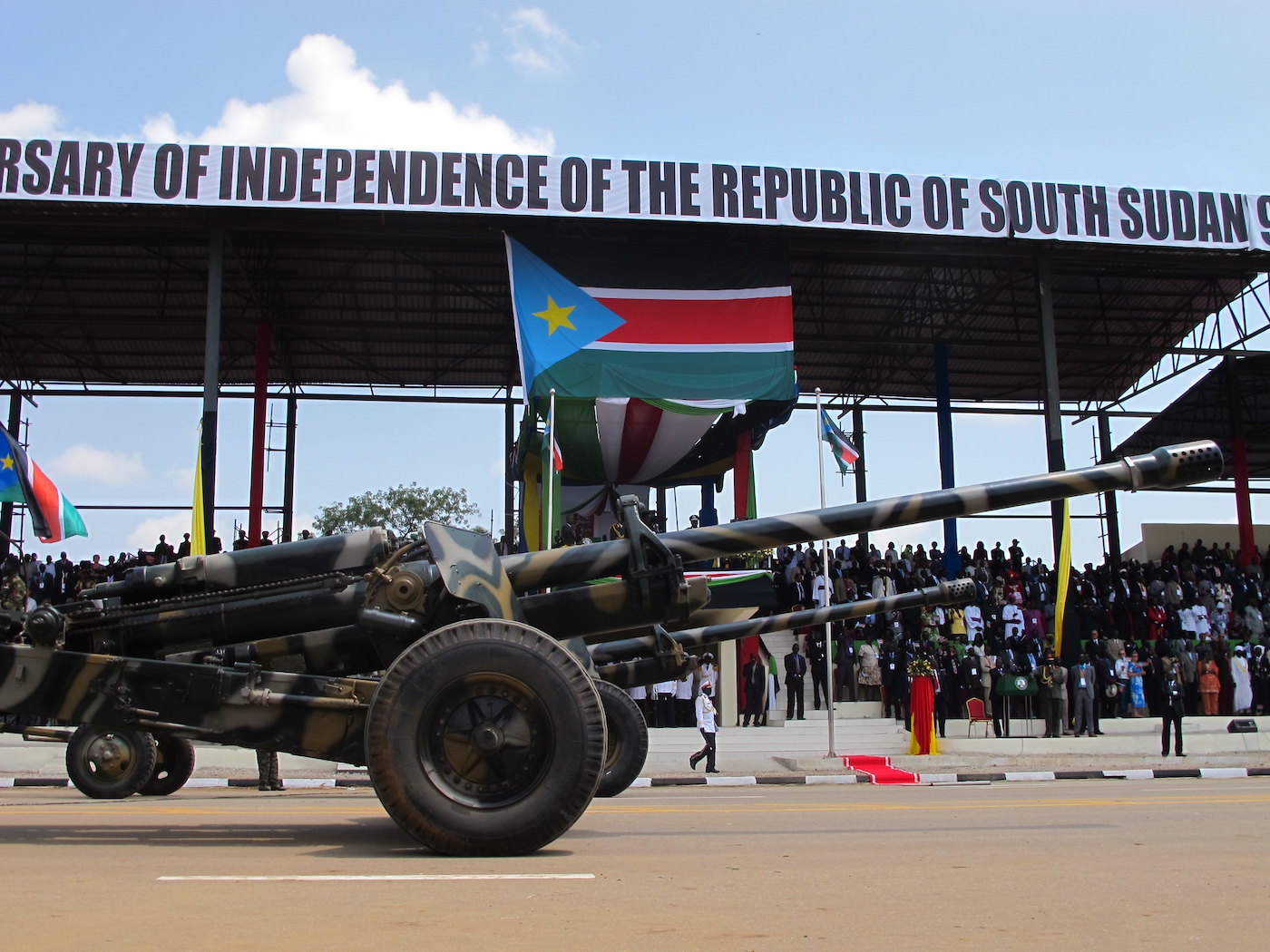
Analysis: The Urgent Need for Justice in South Sudan
In this May 2022 article for African Law Matters, Simon-Skjodt Center Associate Sarah McIntosh discusses the ongoing risk of mass atrocities South Sudanese civilians face, and the justice for past mass atrocities that is sorely needed.
External Link -
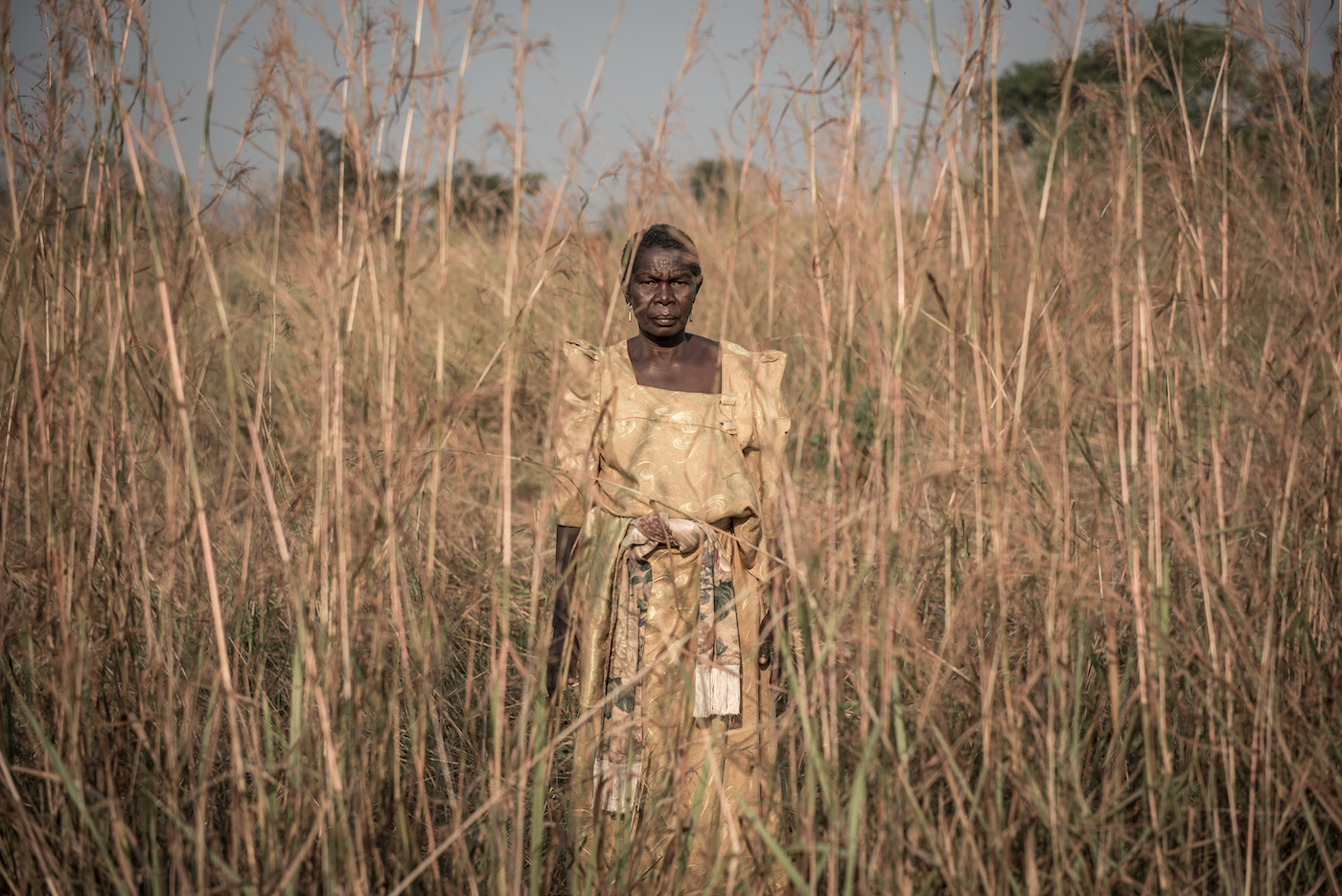
South Sudan Fact Sheet
This downloadable flyer provides background information on the crimes against humanity being committed against civilians in South Sudan and what you can to do help.
PDF Download -

Immediate Risk of Mass Atrocities In South Sudan
Our February 2022 report looks at the risk factors that could lead to increased political instability in South Sudan, and the potential for mass atrocities against civilians from government forces, armed militia, and opposition groups. It also provides recommendations for preventing these atrocity crimes.
PDF Download -
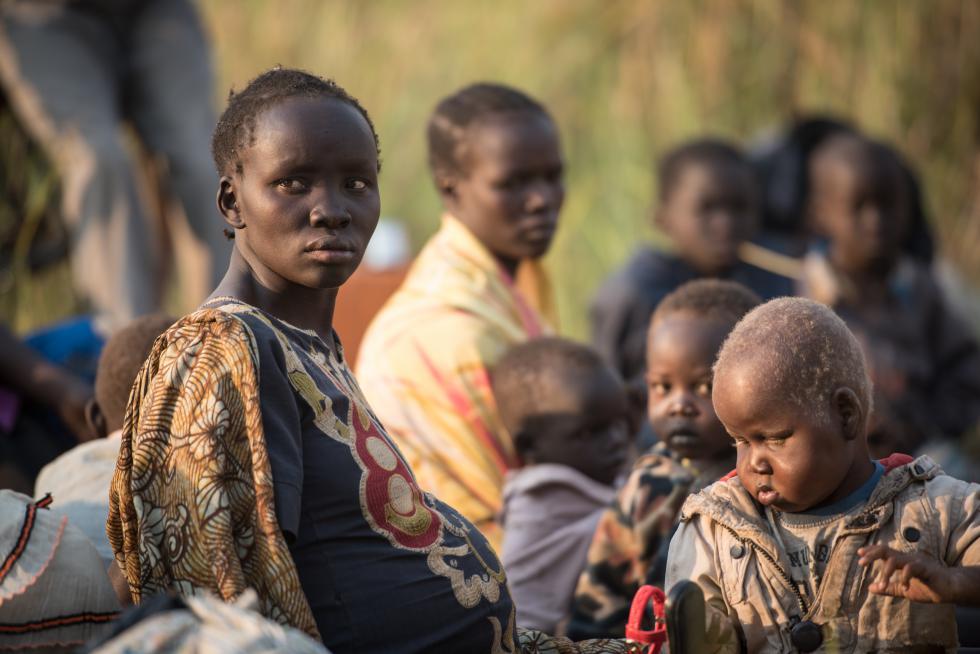
Atrocity Prevention and US Policy toward South Sudan
Our 2018 report examines whether atrocities could have been prevented in the years immediately following independence.
PDF Download -
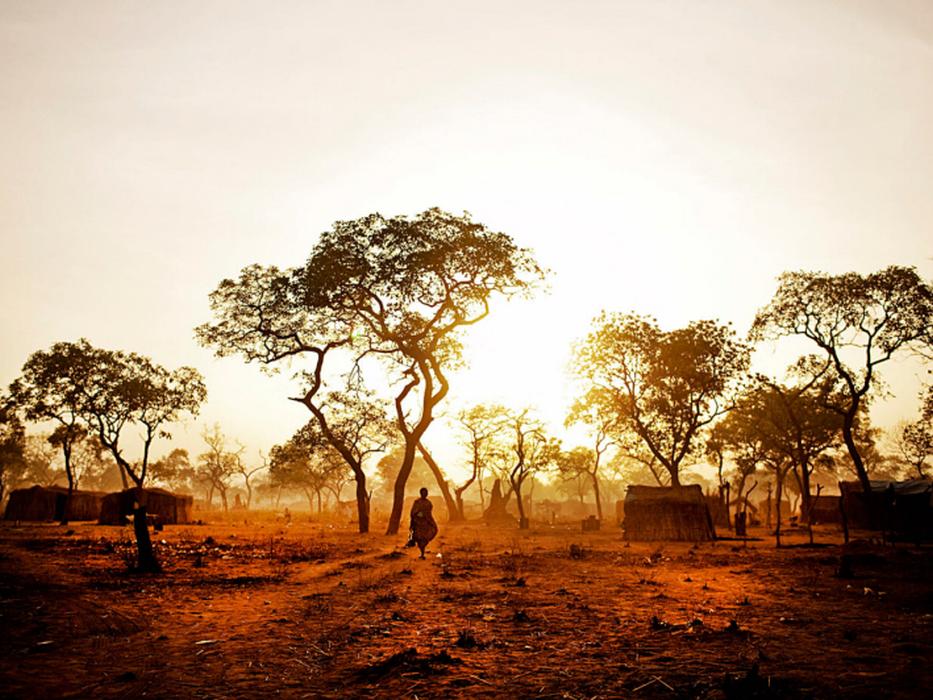
Humanitarian Crisis in Border Regions
View photos and read a firsthand report by photojournalist Pete Muller on his 2012 visit to the border areas between Sudan and South Sudan.
-
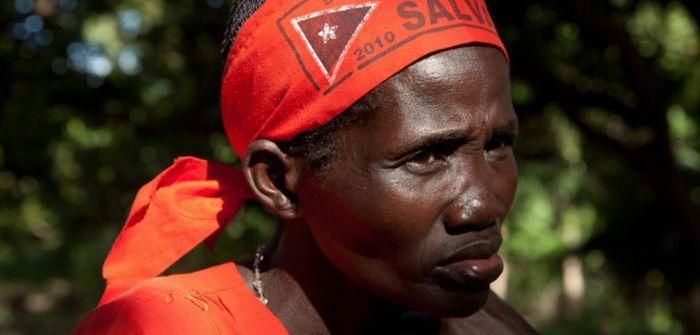
Bearing Witness: Sudan at the Crossroads
The Museum led a bearing witness trip to Southern Sudan in 2010 as it prepared for the referendum on South Sudanese independence.



